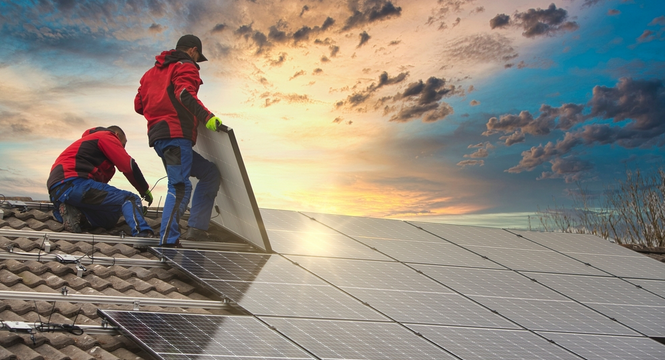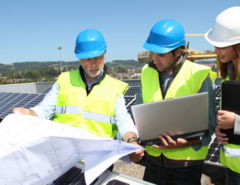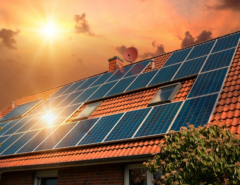Have you heard the phrase ‘smart grid’ anytime recently? It’s not just a buzzword that tech startups are using – in fact, it could turn out to be one of the most important phrases of the 21st century. You see, the smart grid is what the traditional power grid is slowly evolving into, and it’s happening right now.
Traditional vs Smart Grids
In a traditional grid, there are a small number of very large-scale power plants – typically coal-fired plants, nuclear plants and hydroelectric dams – which are run in a centralised manner. They use large power lines and pipelines to feed electricity to the end consumer, who is a passive participant in the system, only using power and paying bills. This system has been popular since the 1880s.
However, it is getting outdated fast – especially in the face of growing electricity demand from industries and homes – not to mention other factors like climate change. The smart grid of tomorrow is going to look something like this – there will be many small power producers, including individual homes with grid-connected photovoltaic power systems. Additionally, they will use small-scale transmission lines and batteries and will be controlled in a decentralised manner. The consumer will thus be an active participant in the system.
Not only will power flow both ways, but data will also flow both ways. The smart grid of the future will have internet-connected metering infrastructure to ensure that the consumer pays for net metering. There will be a constant flow of information from every mini-producer to a control room to ensure a demand-supply match. There will also be more energy storage facilities (like lithium-ion batteries, water batteries and so on).
The Role of Solar in Smart Grids
The most commonly cited example of consumers being power producers is that of domestic photovoltaic power systems. A consumer, normally the owner of a factory or bungalow, will install solar panels on their roof at their own cost. They will then connect this PV system to the grid, supplying it with power during daylight hours. At the same time, they will consume power for their own use from the grid itself (not directly from the panels) to ensure stable voltage and amperage. The consumer will also install a net meter and pay only for the difference between usage and production. In case production is greater than usage, the power company must pay the consumer.
There are many advantages of this system:
- The consumer pays low to zero monthly bills or even earns money off the grid.
- The consumer receives a stable supply of power instead of relying on fluctuating power from the solar panels.
- The consumer does not need to install storage systems for night-time usage as they can simply use grid power.
- Once thousands of such consumers are plugged into the grid, the power company’s load is greatly reduced during daylight hours, when electricity is highly in demand. At night, they can switch over to other power sources like hydel.
Flexibility and Efficiency
Smart grids will be designed to handle bidirectional energy flows better. They will have to have safety measures built in to handle the ‘reverse’ flow of power from homeowners’ solar panels. After all, it can be tricky if all the solar panels combined generate more power than necessary during midday.
Smart grids will also be equipped to deal with a much larger demand than traditional grids. The rollout of electric vehicles means that EV charging will add a huge load to the existing grid, and smart grids will be able to manage it better.
Since smart grids will collect generation data from domestic photovoltaic power systems, in addition to larger utility-owned power plants, over time, they will have better insights on patterns of demand and supply in a particular region. They can use this, perhaps with some intelligent machine learning algorithm, to make the whole grid more efficient – matching generation with consumption, reducing transmission losses, etc.
In an increasingly complex world, smart grids have the potential to solve a variety of issues with traditional power grids. They are better equipped to handle the challenges of power storage, decentralised generation and variability in wind and solar power. If implemented correctly, smart grids will help us build a reliable, resilient and future-proof power supply system.



